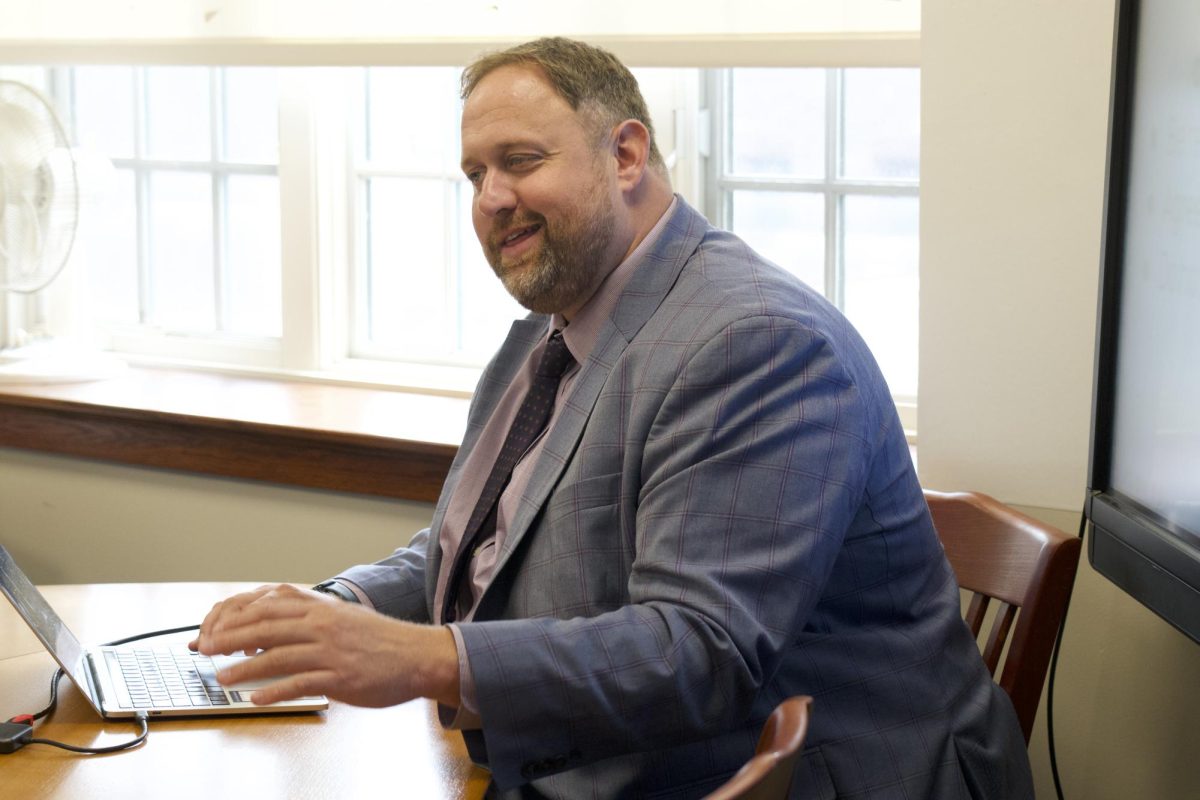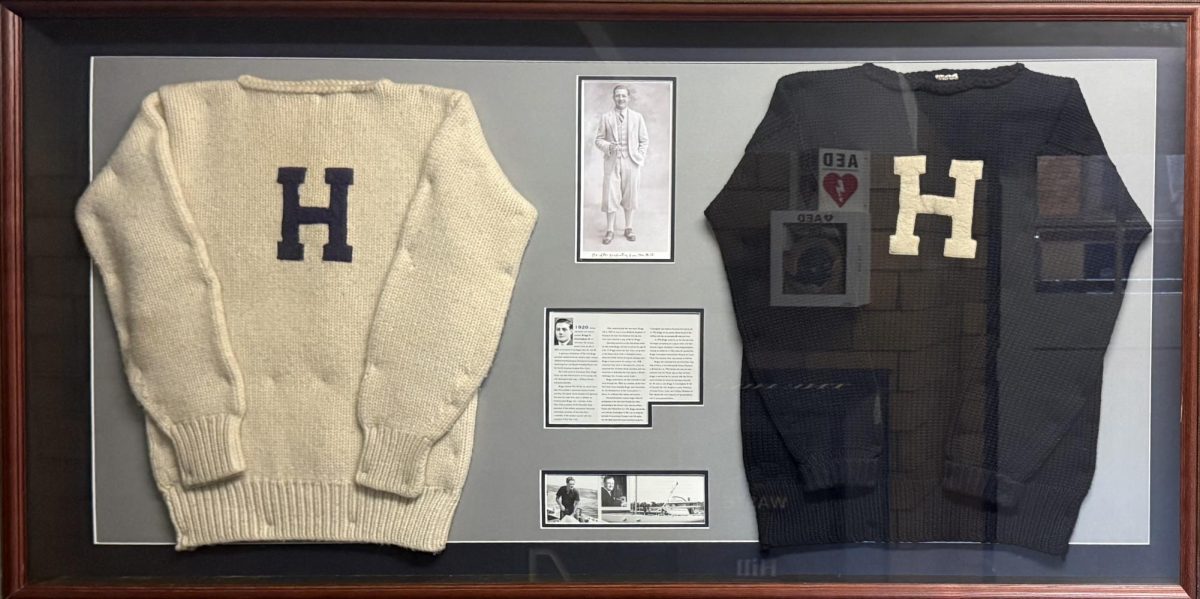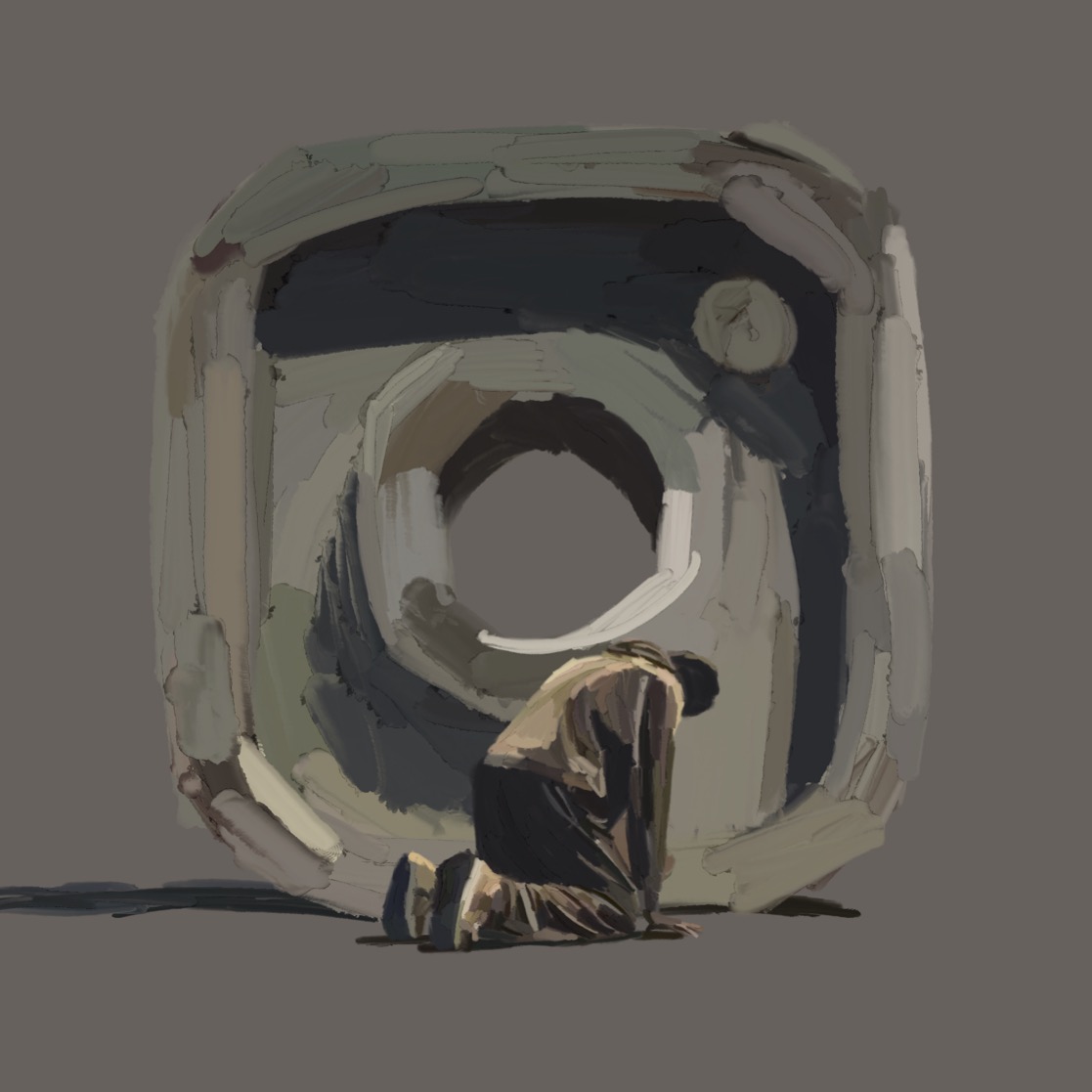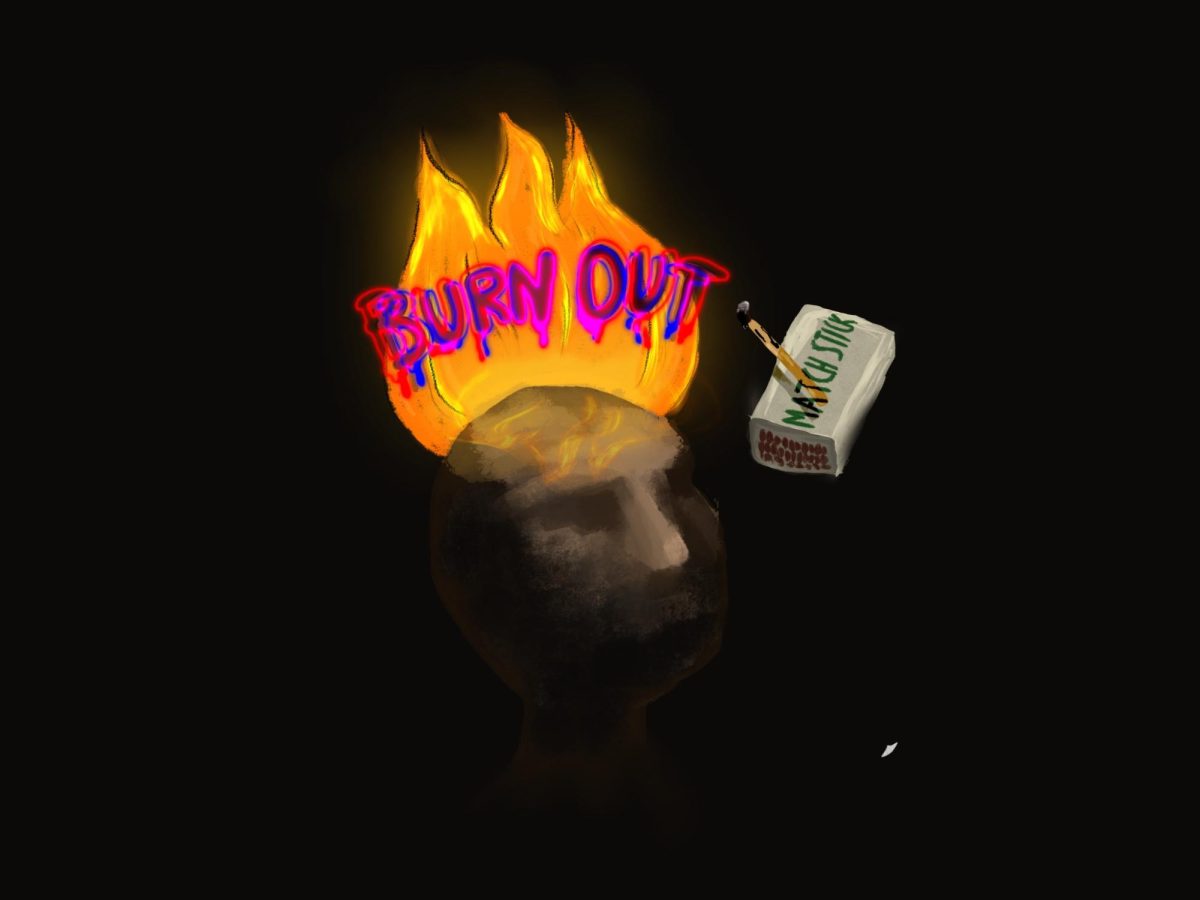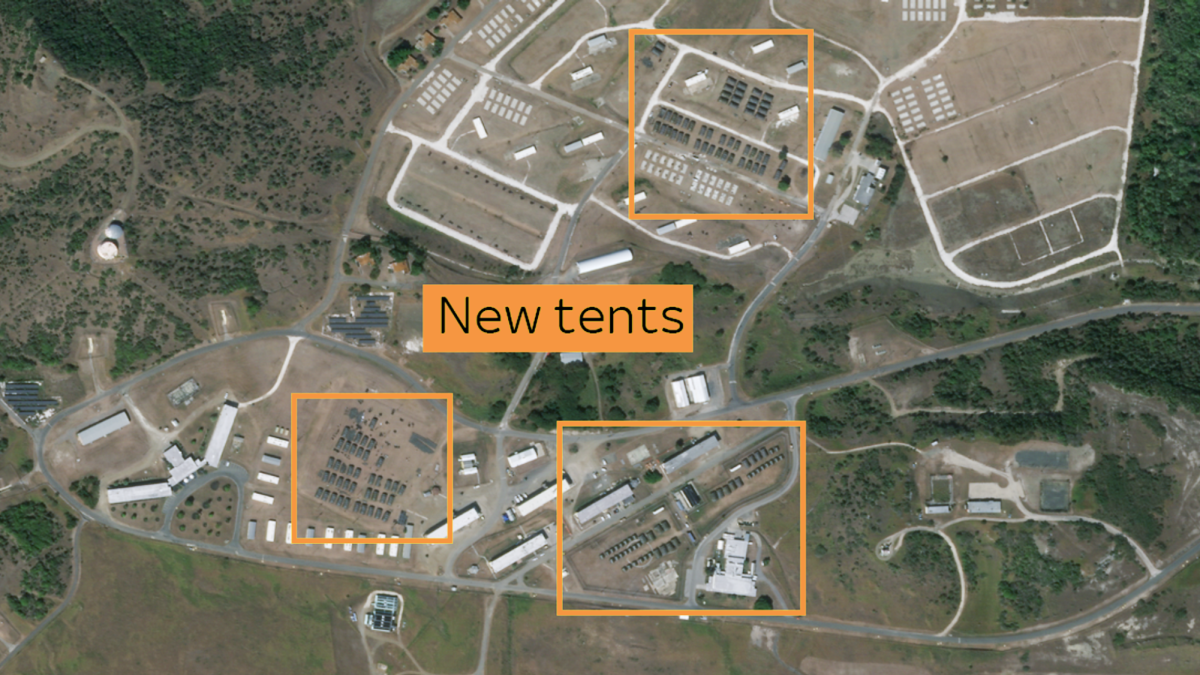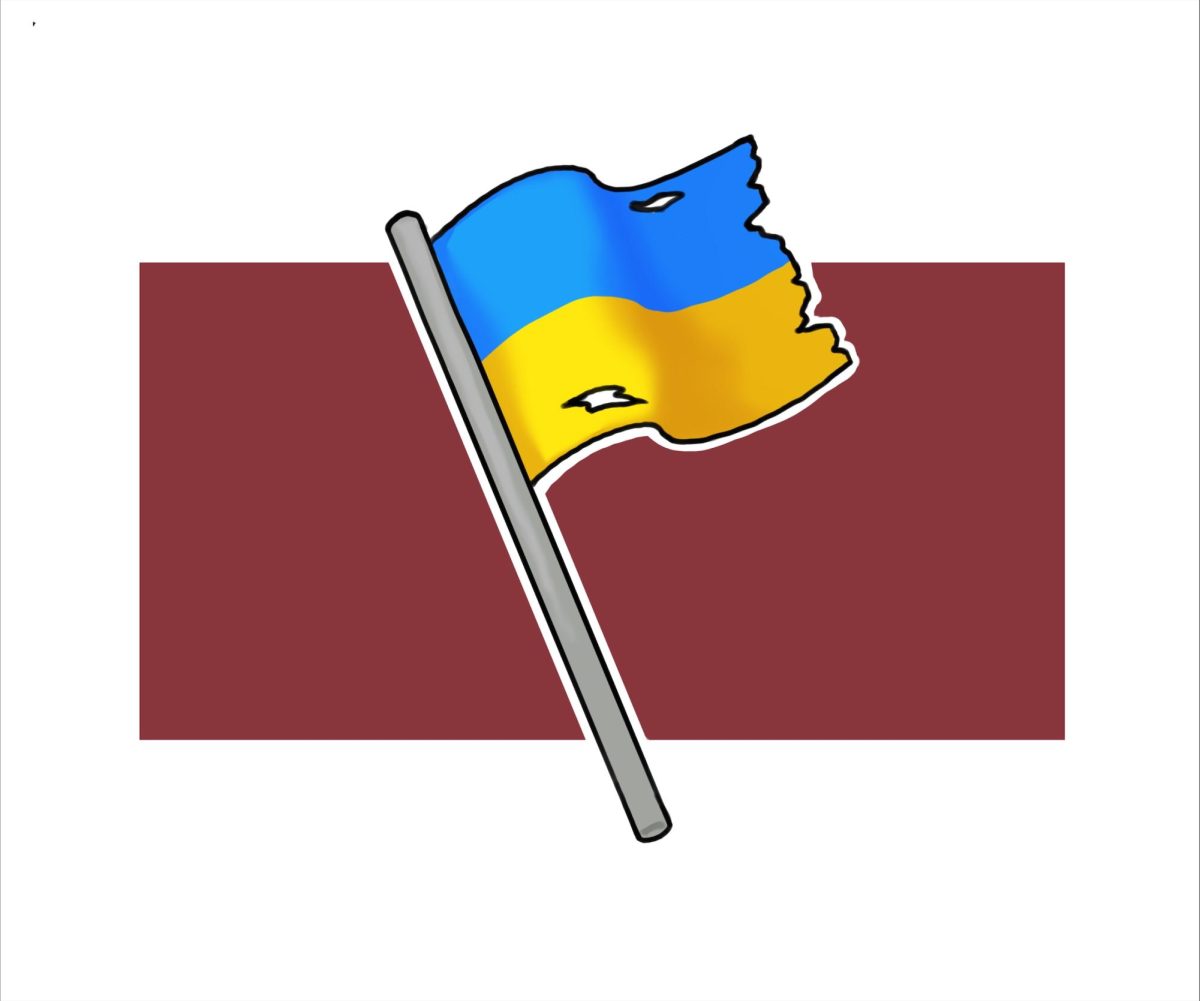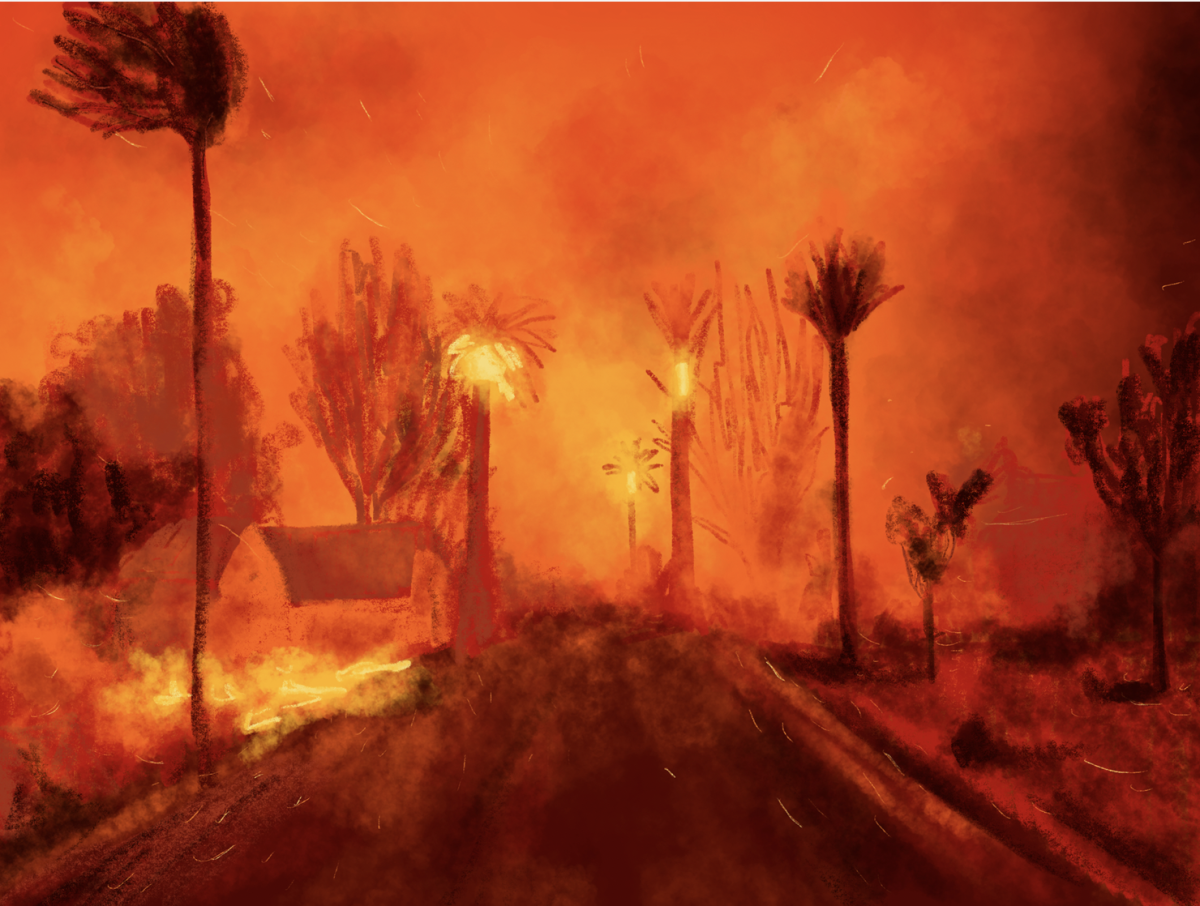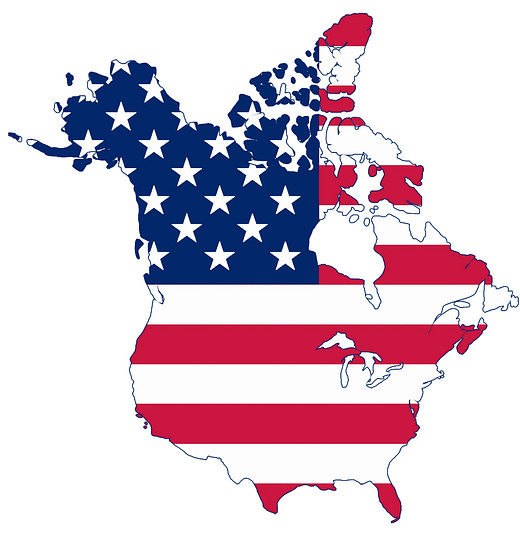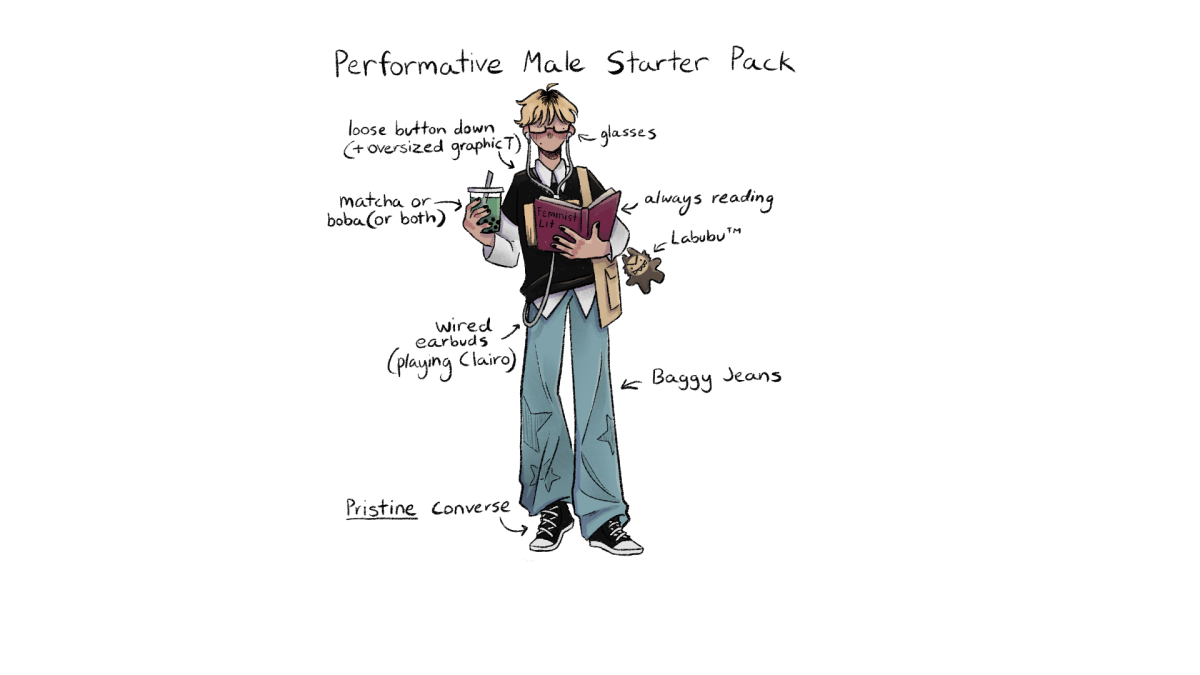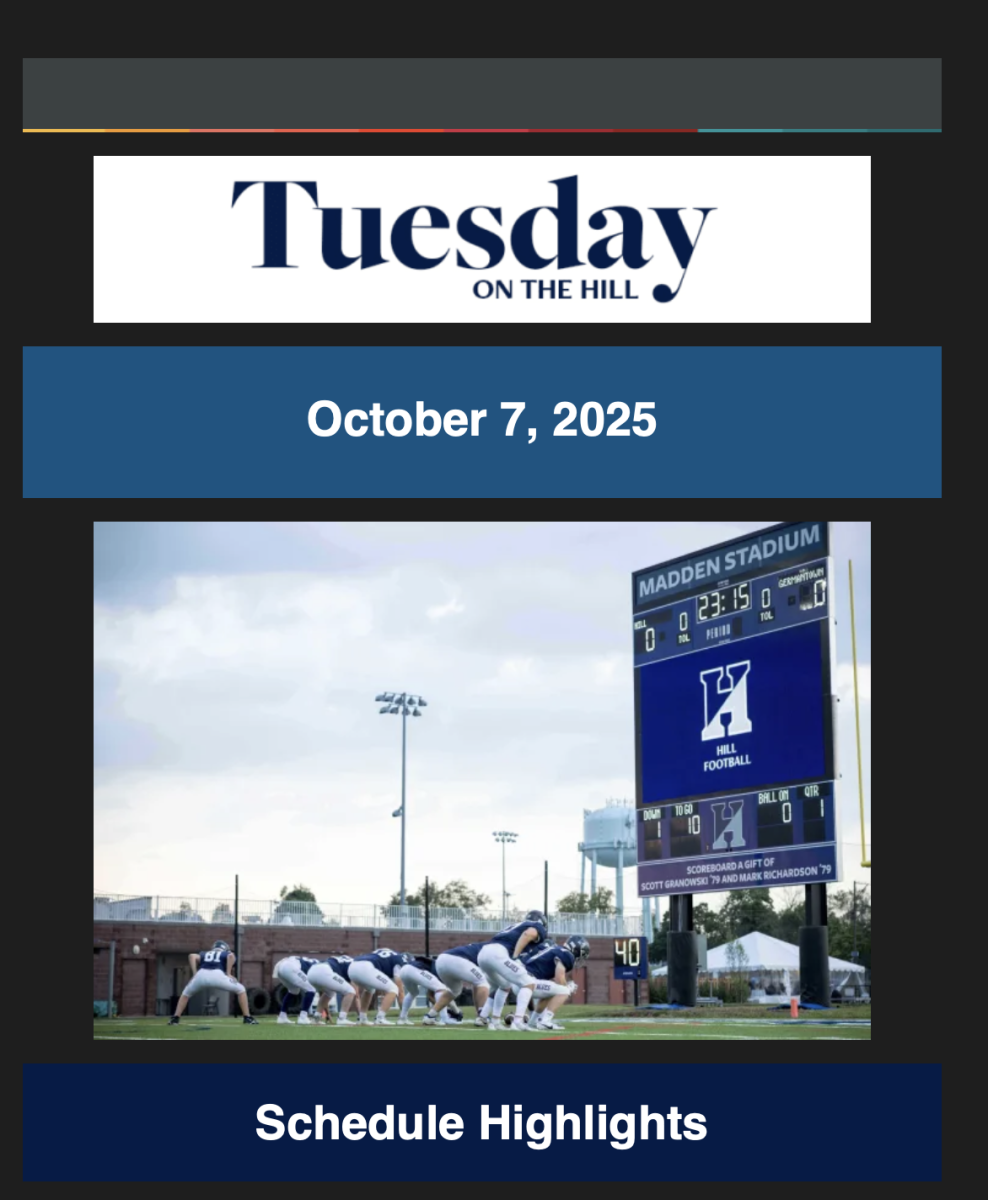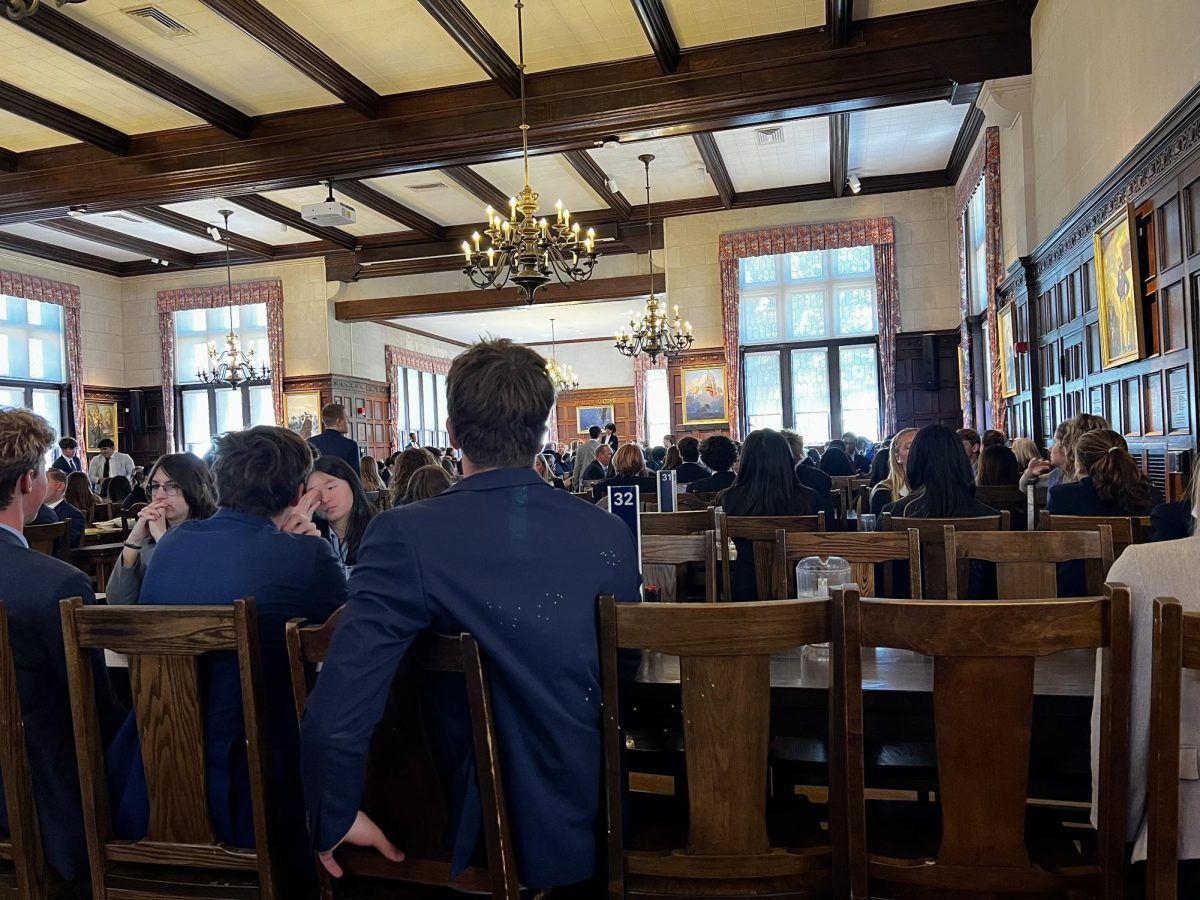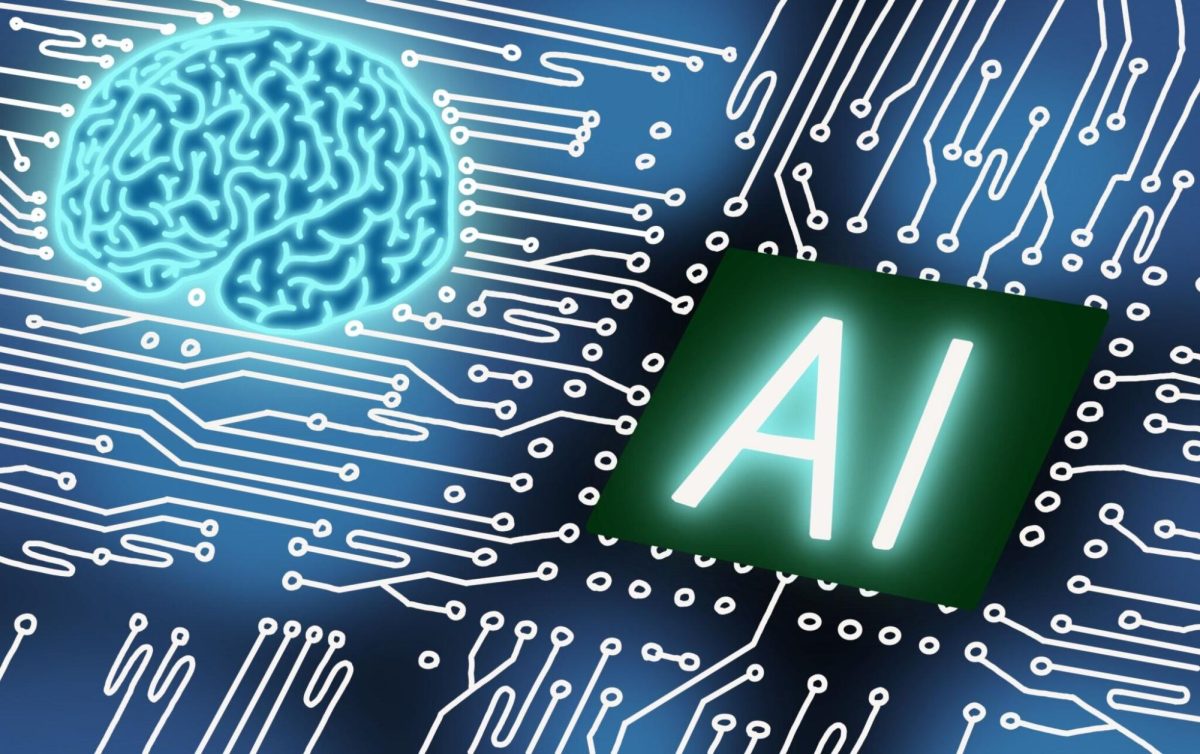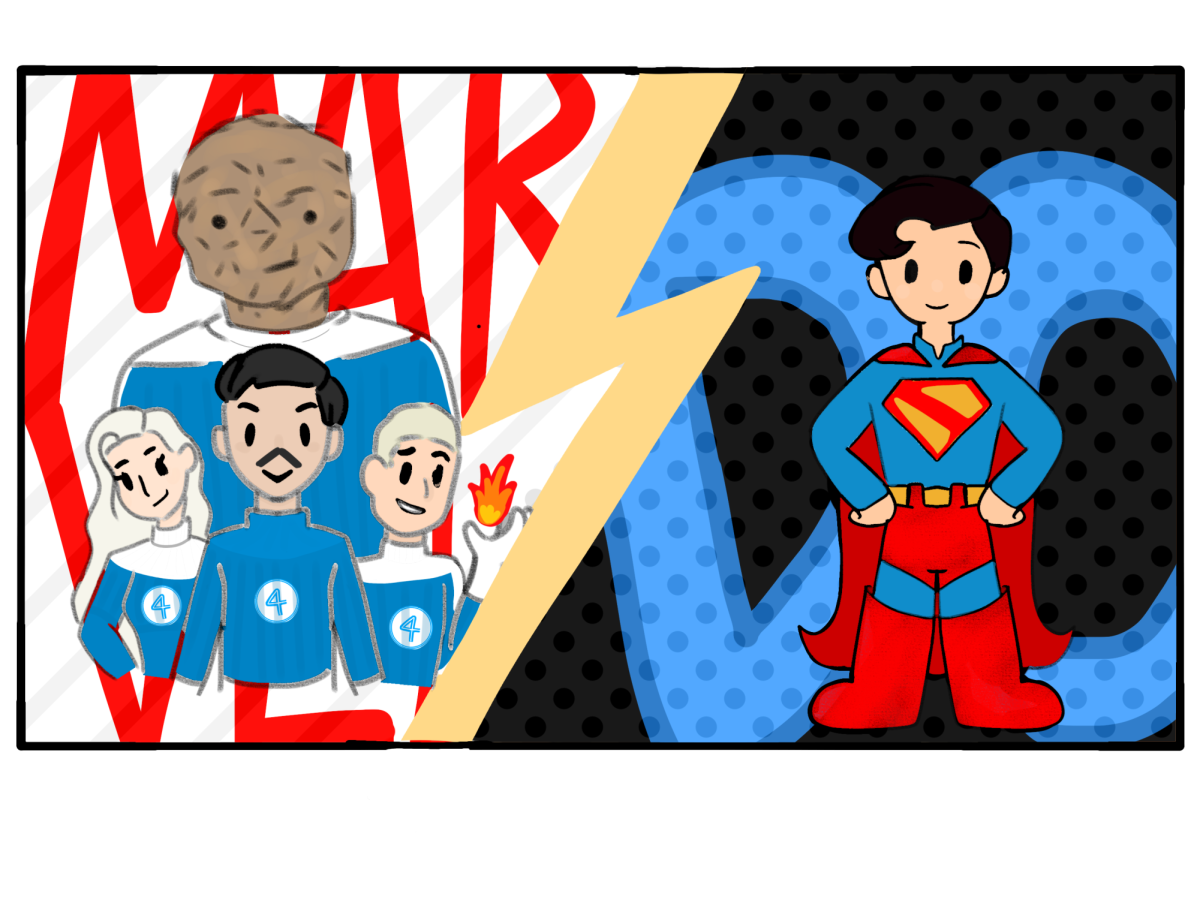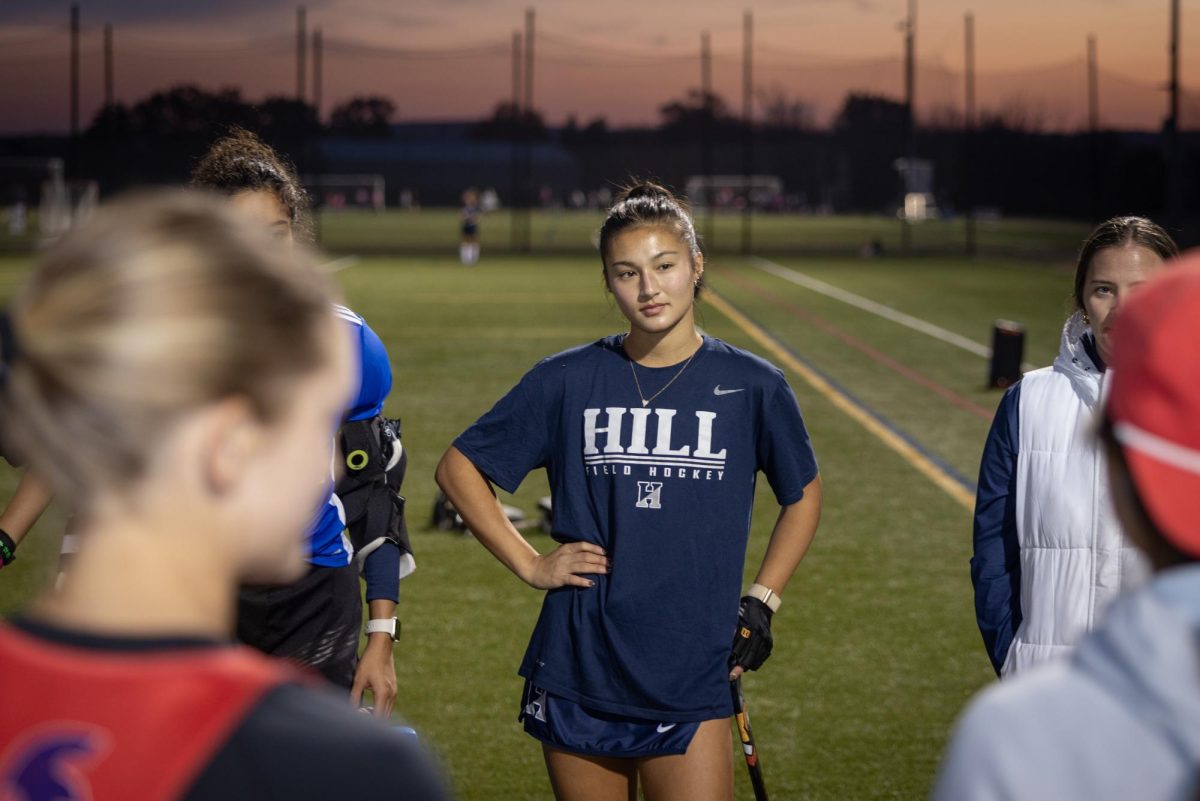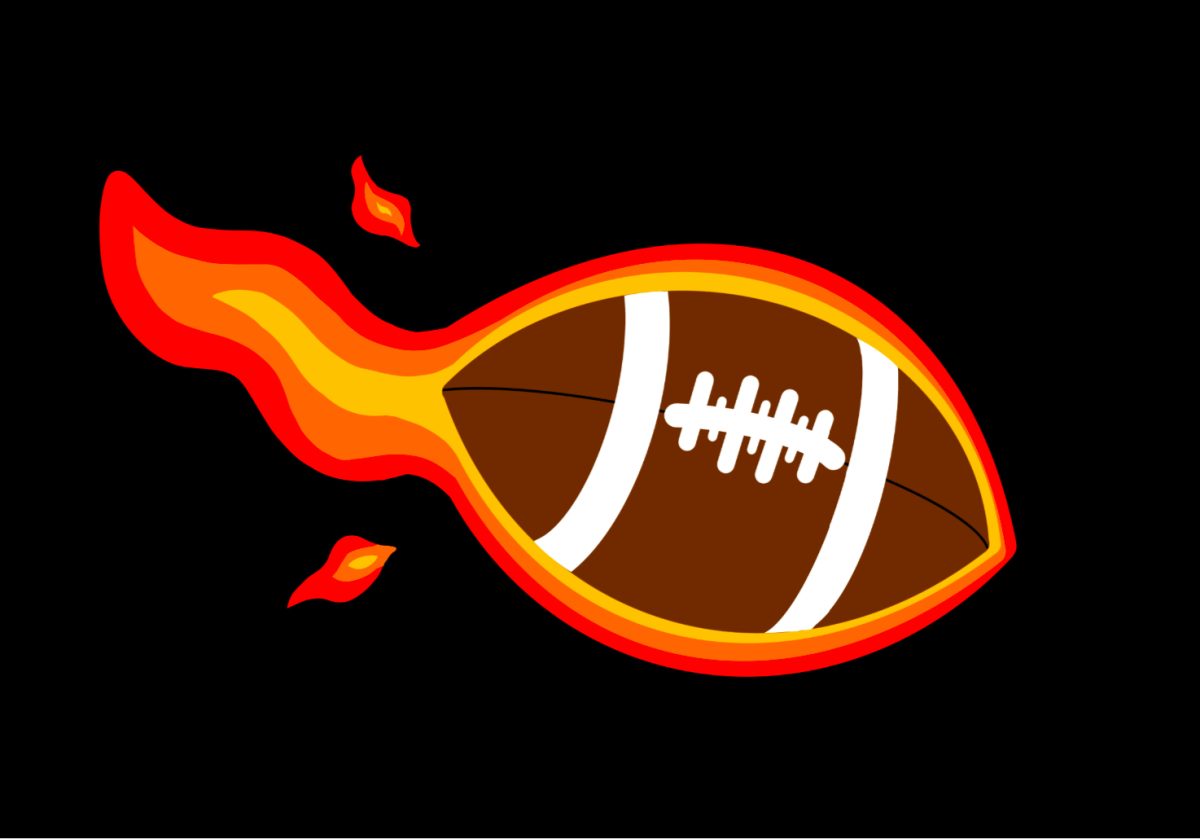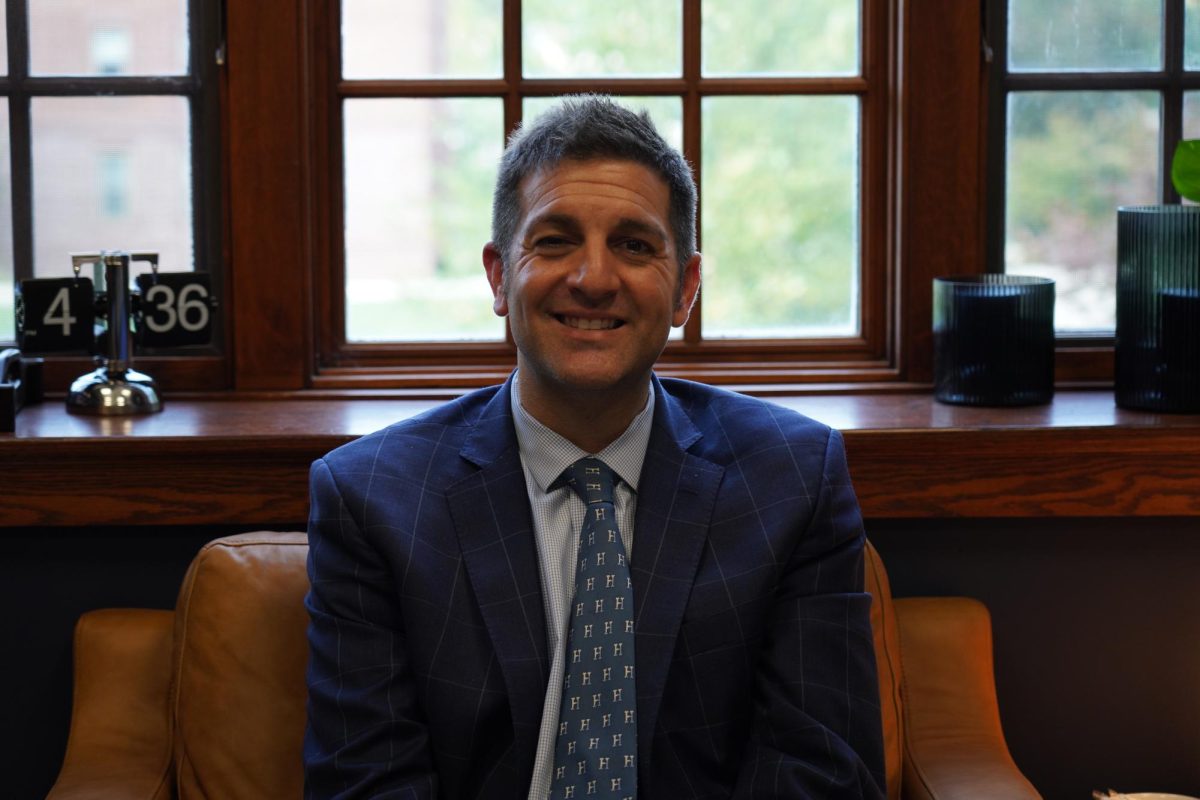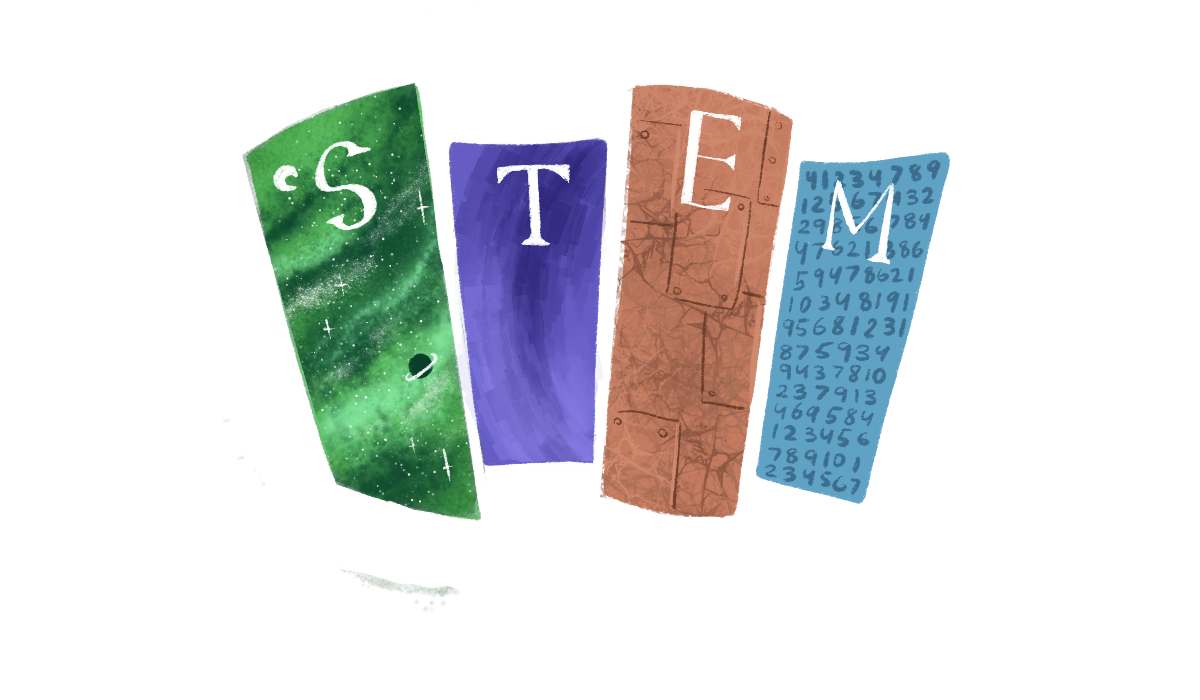First and foremost, I believe that The Hill School can further deepen our knowledge and abilities in engineering and computer science by integrating mathematics and physics into the curriculum.
Engineering is a broad subject. It takes theoretical physics and puts it to use in computers, airplanes, and buildings. It’s a field based in application, and the work of engineers is all around us, all the time. The engineering that defines how we live our daily lives is not taught at The Hill School, namely because our curriculum, in my view, never fully moves out of theory and into practical application throughout the four-year engineering program.
The basics are important. Students learn how to design, 3D print, and make circuits, all essential skills for engineering, Yet, in my experience, we largely don’t move past these basic skills. Students don’t use math, they don’t use physics, and they aren’t exposed to the more specialized fields of engineering that they want to go to college to learn about. Our engineering program is the perfect place to be truly interdisciplinary, yet many of the studies integral to the larger world of engineering remain separate and siloed.
The computer science program has similar limitations to engineering. It also teaches the basics largely because of the limitations of the standardized AP curriculum. Nonetheless, we should move past it and explore subfields within the subject.
Some computer science classes made honest efforts to move past the basics, but they unfortunately retreat to foundations. Two years ago, the computer science program attempted to expand past AP by covering data structures and algorithms, but that advancement was later replaced with content covering the newest buzzword at the time: artificial intelligence.
Because the world of AI is rapidly changing and growing, and the resources needed to fully explore the topic are so vast and expensive, we never fully moved past the surface of the subject. We spent the entirety of the fall term reteaching the basics of Python, a computer coding language, instead of spending a week or two teaching the syntax. For the rest of the year, the class covered models used in data science and AI, yet we never touched the math behind these ideas and applications. It was a class about mathematical models that didn’t use math.
But I also believe that a deeper program is possible. The school offers the prerequisites like calculus and physics for an academically rigorous approach to these subjects, and we are willing to put in the work. If we can be truly interdisciplinary, if the school promises the wide breath of a liberal arts education, then why aren’t we?

